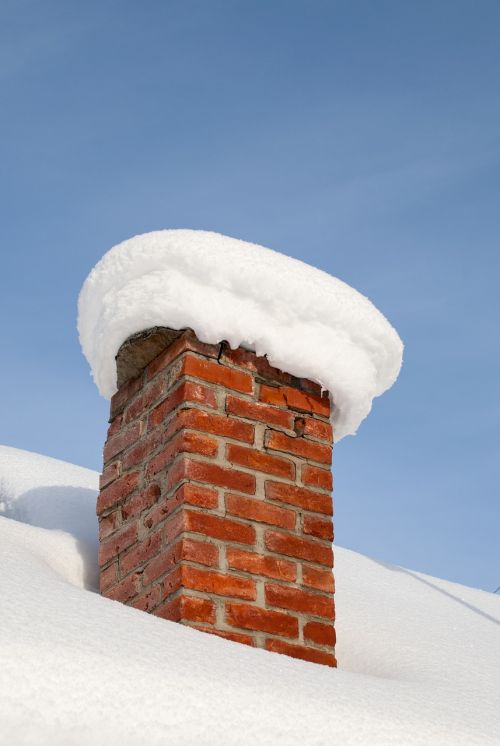Winter Damage to Your Chimney System
Whether you’ve had a harsh winter already this year, or your chimney sustained damage in the past, it’s important to diagnose and repair the damage as soon as possible. Winter-damaged masonry can lead to more serious problems and costs in the future, so the sooner you call a professional, the better.
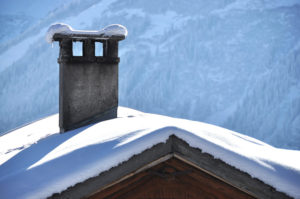 Common Winter Damage
Common Winter Damage
- Chimney Leaks – When water enters the chimney system it can be catastrophic, leading to water damage in the chimney system itself, the fireplace or appliance, and also the rest of the home. The water may enter by a faulty chimney cap, damaged crown, spalling masonry, or dislodged flashing, but the water may travel through the home and form a leak elsewhere, many rooms away from the chimney. Expert tip: have your chimney system inspected annually and waterproofed after repairs so that the masonry is protected from water penetration.
- Spalling Masonry – When the masonry becomes cracked, crumbles, and bricks and mortar pieces begin to fall, this is called spalling. Spalling masonry is extremely dangerous for the chimney and can cause bricks to fall onto and damage the roof and landscaping below as it becomes more serious. Expert tip: have your masonry waterproofed with a deep-penetrating water repellent by Billy Sweet Chimney Sweep to prevent water masonry damage. Schedule a professional to repair your masonry through a process called tuckpointing.
- Crown Damage – Winter weather can wreak havoc on a chimney crown that is old, poorly maintained, and improperly constructed. If a crown is too thin, flat, or made of the wrong materials, water can penetrate it during winter months and then freeze, causing more damage through what’s called the freeze-thaw cycle. Expert tip: ask your chimney professional specific questions about crown construction. It should be constructed with the right materials and design for a lasting crown.
- Dislodged Flashing – Harsh winter temperatures and storms can lead to dislodged flashing. Since the intersection of the chimney and roof is the most vulnerable part of your entire chimney system, dislodged flashing can have serious hazardous results. Expert tip: look at your flashing after strong winds or prolonged ice or snow exposure. Exposed nails, shifted metal, and missing flashing is reason to call a professional right away.
The Freeze-Thaw Cycle
Winter is the most common time for chimney damage that has nothing to do with the fire. Yes, you’re using your fireplace more, but winter damage is caused by outside forces—temperatures, pressures, precipitation, animals, and more. The worst thing that can happen to your chimney during winter months is water penetration. Because masonry is porous by nature, allowing water to penetrate beyond the surface, freezing temperatures can be devastating as the moisture trapped in the masonry freezes and thaws. Water fills the gaps and voids in the masonry, then freezes as temperatures fall. The water expands as it freezes, breaking apart the masonry. Then when a fire is lit or the sun warms the chimney again the water thaws and moves further into the damaged masonry. This process repeats all winter long, causing serious damage in a short time. If this damage isn’t repaired and the chimney waterproofed, the chimney may require a serious repair or rebuild. If the damage remains throughout the spring months, water will have a direct route into the chimney system to make more damage.
Chimney Repairs and Waterproofing in Boston, North Shore, and Portland
Home and business owners in and around Boston, North Shore, and Portland areas continue to depend on Billy Sweet Chimney Sweep for all their ongoing chimney needs, including repairs and waterproofing services. Our goal to keep our friends and neighbors in our service area safe and warm each winter is the reason why we offer expert services like crown repair, tuckpointing, chimney relining, rebuilds, renovations, and more. We also specialize in preventive services such as waterproofing, chimney sweeps, and CSIA inspections.
Our chimney experts are CSIA certified chimney sweeps, experienced master masons, and trained installers. When you hire a Billy Sweet Chimney Sweep you are depending on the best our service area has to offer. We show up with clear ID tags, clean uniforms, and branded company vehicles. You will never second guess your choice in companies or technicians. We keep your home clean of toxins and dirtiness while we work and hand you a written report when the service is complete. If your chimney requires repairs, we provide before and after footage for your own records and to present to your home-owners insurance or realtor. We use a camera system to get up-close-footage during each chimney sweep and inspection and offer a complimentary carbon monoxide test to insure hidden dangers aren’t present.
Schedule Now
We are only just into winter, but damage can occur in a short time. Damage from previous years can go unnoticed, and all you notice as a homeowner is the repercussion. If your fireplace, stove, or chimney is suddenly working improperly, if you notice signs of water damage, or the system works differently in any way, it’s time to have it checked out.
Contact Billy Sweet Chimney Sweep now to schedule important diagnostic services. Call 617-469-4528 today.
The post Winter Damage to Your Chimney System appeared first on Billy Sweet Chimney Sweep.

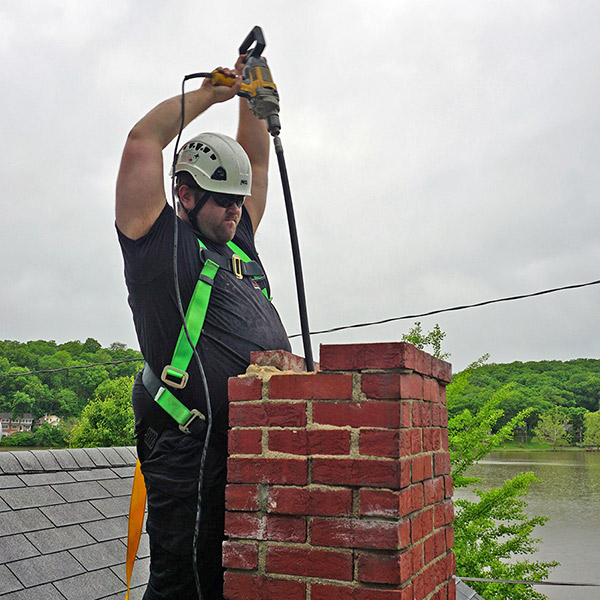 Fireplace and chimney technicians have spent many years learning all the ins and outs of how these units work and how to make them work when they don’t. When the technician is certified by the National Fireplace Institute and the Chimney Safety Institute of America, his or her scope of knowledge is even wider.
Fireplace and chimney technicians have spent many years learning all the ins and outs of how these units work and how to make them work when they don’t. When the technician is certified by the National Fireplace Institute and the Chimney Safety Institute of America, his or her scope of knowledge is even wider.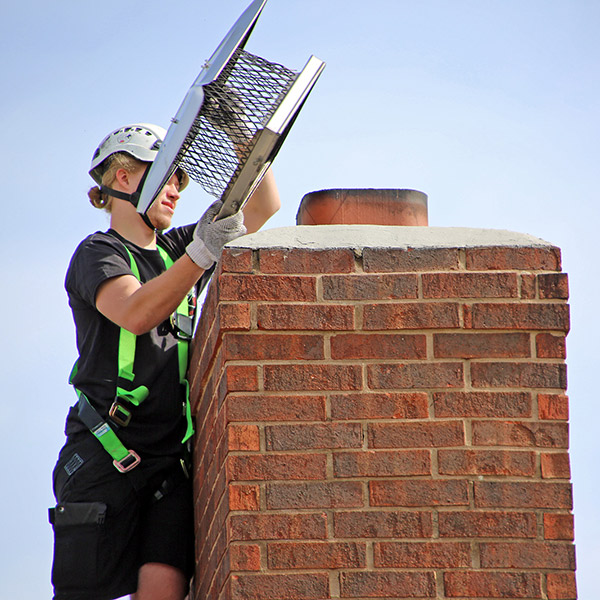 Safe repairs: When performed by professionals, repairs will be done in a way that maintains safety throughout the chimney/fireplace system. Rarely will a certified technician cause any extra damage.
Safe repairs: When performed by professionals, repairs will be done in a way that maintains safety throughout the chimney/fireplace system. Rarely will a certified technician cause any extra damage. Chimney liner
Chimney liner Chimney crown
Chimney crown
 Fireplace and chimney basics
Fireplace and chimney basics
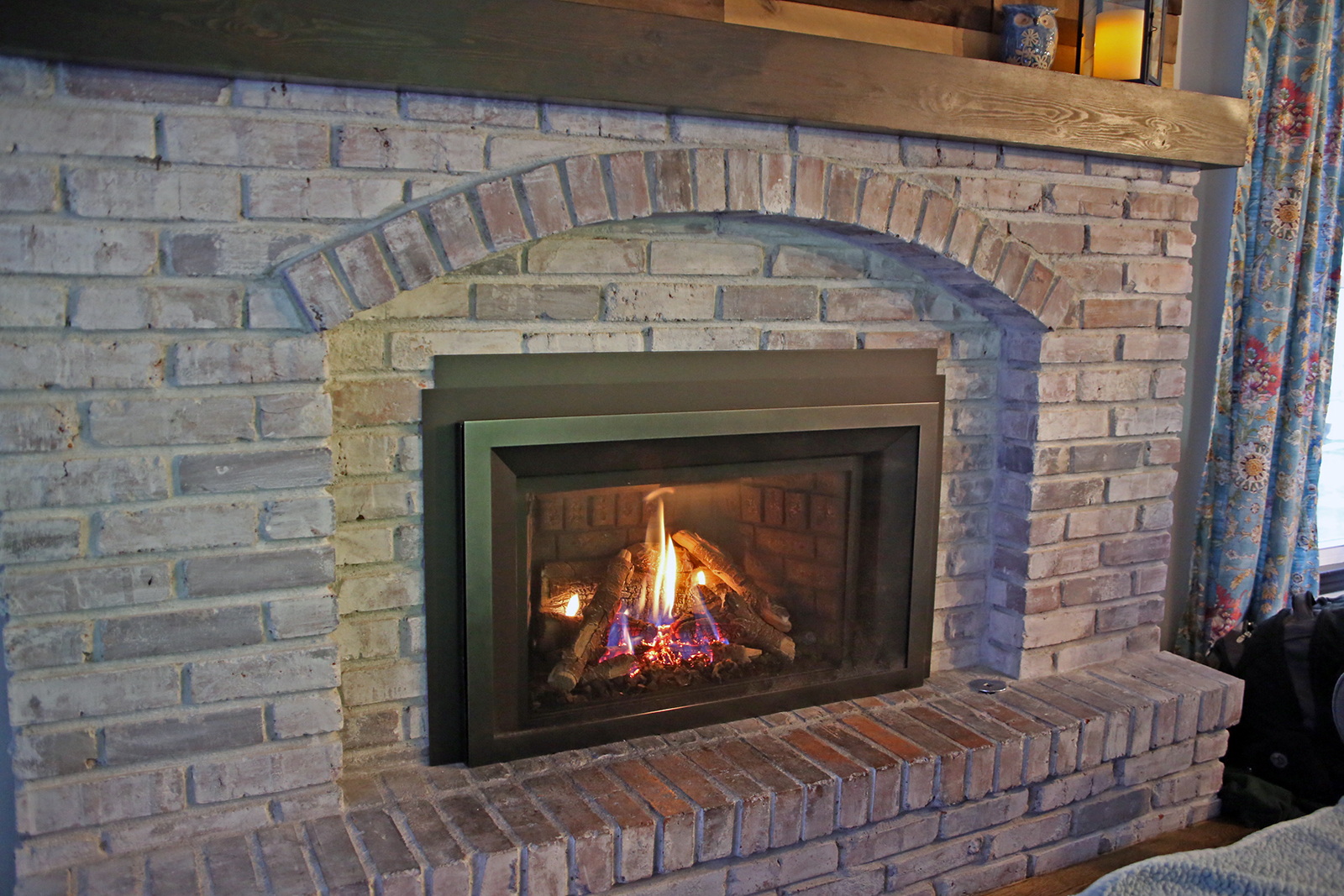
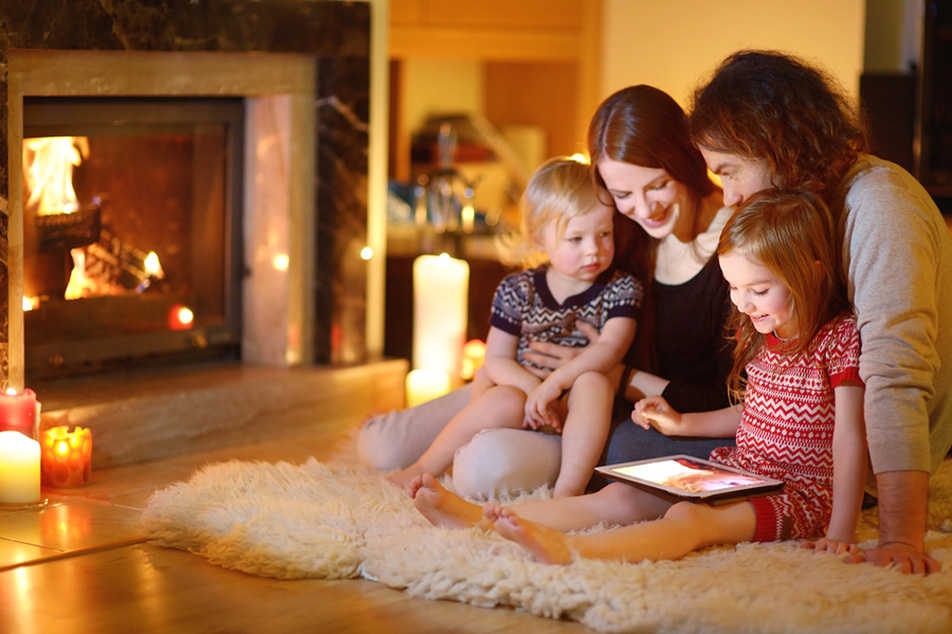 No toys near the fireplace
No toys near the fireplace What is Pyrolysis?
What is Pyrolysis? Improper Installation
Improper Installation